What is an Ag Exemption? Kathryn Roan Gives the Cliff’s Notes Version of Open-Space Valuation
Share News:
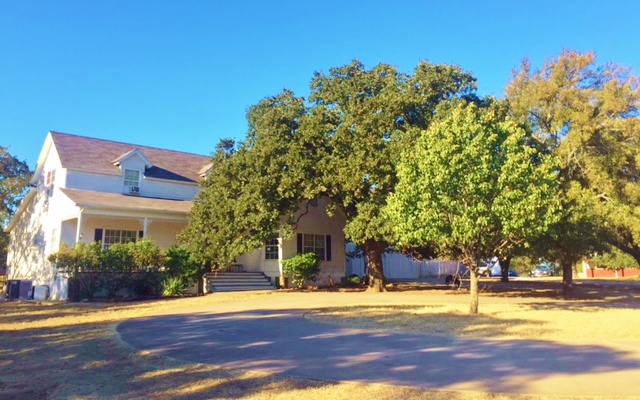
Open-space valued property for sale in Aubrey, TX — Arvin Hill Road
I’ve been feeling a little uninspired lately, so I took a minute to ask myself: “What question do I hear all the dang time, but never have an easy answer to?” Almost immediately, my little real estate shoulder angel whispered “Ag Exemption, dummy” in her little squeaky, know-it-all voice that I find oh-so-annoying. Admittedly, however, TinkerAgent had a point. I do get asked about ag exemptions a lot. At least once a week.
Disclaimer: I do not fancy myself an attorney or a CPA. I’m going to tell y’all exactly what I tell my clients: Call your attorney, county tax assessor, or your grandmother — whomever you trust for advice on your actual situation. I am going to give the elementary-level Cliff’s Notes version here, considering this is probably the No. 1 most common question I get asked. Also, if you’re one of those people who particularly enjoys small print and self-education, let me recommend this snoozefest, er, fascinating summary from the State Property Tax Board: Click here if you are having trouble sleeping.
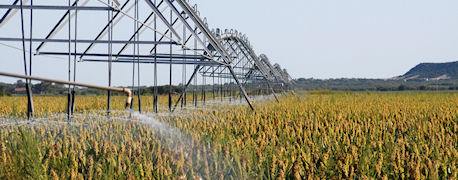
What is an “Ag Exemption?”
Answer: Nothing. An “ag exemption” is actually not a thing. There is no such exemption. What there is, however, is something known as the Open-Space Valuation. An exemption, such as your Homestead or Over 65, is dependent on the owner of the property, and is directly relevant to their qualification for said exemption. The Open-Space Valuation, what is commonly referred to as “ag exemption,” is different in that it is dependent on the property’s eligibility, not the owner’s. The property has to meet certain qualifications, and an owner can definitely own more than one property that falls under this valuation.
Why Does It Matter?
So, why do you, as a potential rural property owner, care? To summarize bluntly, it saves you money. It is cheaper to own an ag property that is being taxed at an ag-use rate, rather than a full residential or commercial rate. Typically, the residence on a property (if there is one) is taxed at one rate, traditionally on one acre carved out of the total acreage. The remainder of the acreage, if in Open-Space Valuation, is taxed at a significantly lower rate. This amounts to thousands of dollars in savings per year. I’d say my average client saves $2,000 to $10,000 per year in property taxes. It matters.
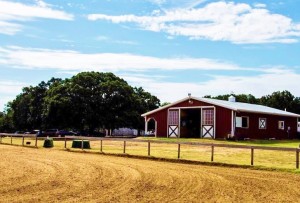
Horse farm for sale in Aubrey, TX — Arvin Hill
Ok, So What Type of Property Qualifies, and How Do I Find Out if a Property I Want to Buy Has One?
This is where it gets a little tricky. Open-Space Valuation is a State Property Tax Board thing, but every county interprets the requirements differently. There are some common factors — a property cannot be within city limits, has to be in ag or timber use, and typically has to have a minimum acreage of some kind. That all said, the state defines ag use as “typical of the surrounding properties in the county,” which leaves each county to determine not only what they’ll consider ag use, but also their enforcement level. Each county has an Ag Agent at the county tax office who is responsible for such things, so as you can imagine, what constitutes ag use varies greatly.
From an animal qualification standpoint, the county usually wants you to be breeding the animals for some sort of resale. They do not consider hobby animals (aka two old geldings out eating your grass so you don’t have to mow) to be qualifying, but again, enforcement varies immensely. Cutting hay is a very commonly used ag use, but there are also “improved pasture” and “native grasslands” options. So … clear as mud, right?
Your best bet is to actually call the county Ag Agent for any property you’re interested in, give them the address, and ask two questions: “Are you showing this property to be in ag use?” and if so, “What is the ag use based on?” You can change what the ag use is based on if you want to do something else, just clarify with your Ag Agent that what you’re wanting to change it to remains eligible. For example, if the ag use is currently based on hay production, but you’d rather have cows, that’s usually fine, but always make certain before you buy.
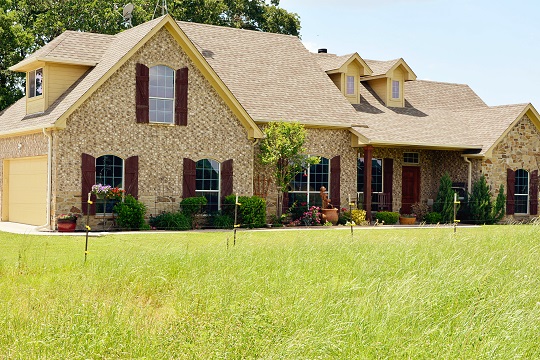
Additional Perks:
If you’ve ever been to a Tractor Supply or hardware store and been asked “Are you tax exempt?” at checkout, here’s what that means: If you currently own an Open-Space Valued property, you are also eligible for an ag/timber number from the state. Basically, if you have such a number, you are not required to pay sales tax on any ag use-related items. This includes almost everything you may need to buy for your farm or ranch property, including most building supplies, tractors, trailers, etc. It’s pretty awesome.
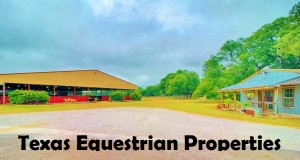
Like I said, this is the extreme Cliff’s Notes version, and definitely check with the county about their specific qualifications and requirements before submitting a contract on a potential purchase. It’s also well-advised to keep your receipts on your ag purchases such as fertilizer, feed, supplies, and so on, in case the county ever comes back and asks you to prove your continued ag use. I hope, Dear Reader, that I have not confused you more, and happy ranch shopping.
Welcome to the country, y’all.
 Kathryn Roan is a Keller Williams Urban Realtor focusing on farms, ranches, and equestrian properties. Kathryn lives on a 55-acre working ranch in Wills Point, TX with her nine horses…. and counting. Contact Kathryn at Kathryn@TexasEquestrianProperties.com
Kathryn Roan is a Keller Williams Urban Realtor focusing on farms, ranches, and equestrian properties. Kathryn lives on a 55-acre working ranch in Wills Point, TX with her nine horses…. and counting. Contact Kathryn at Kathryn@TexasEquestrianProperties.com

